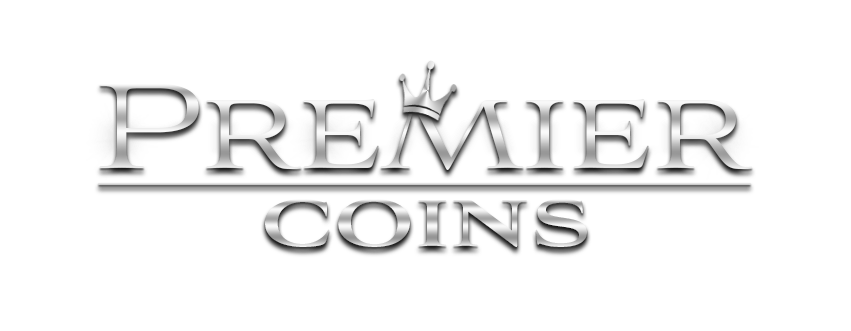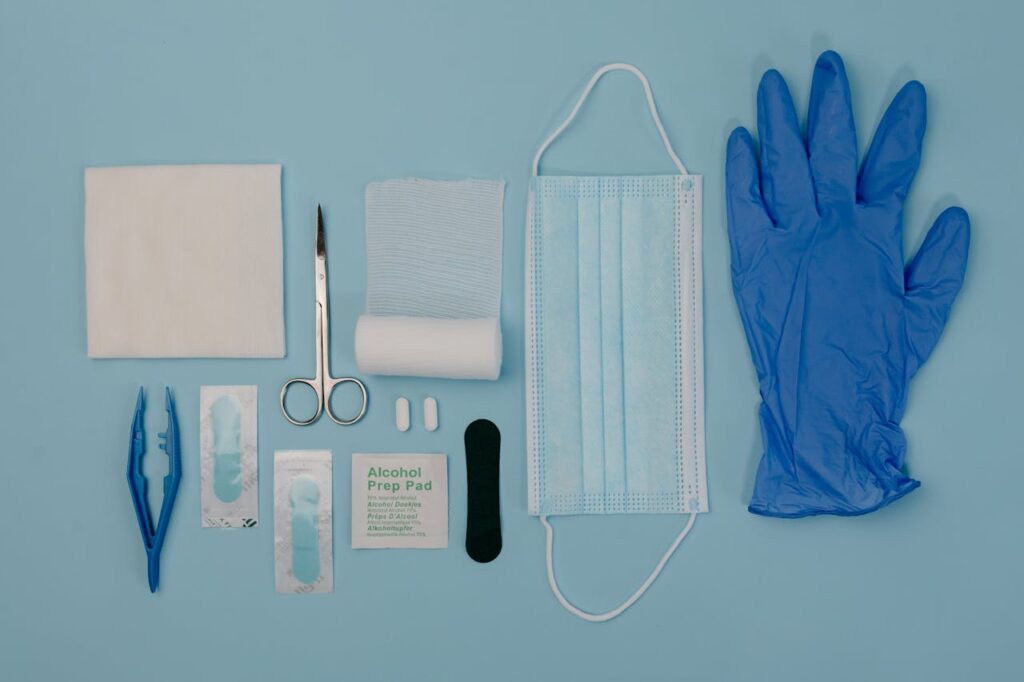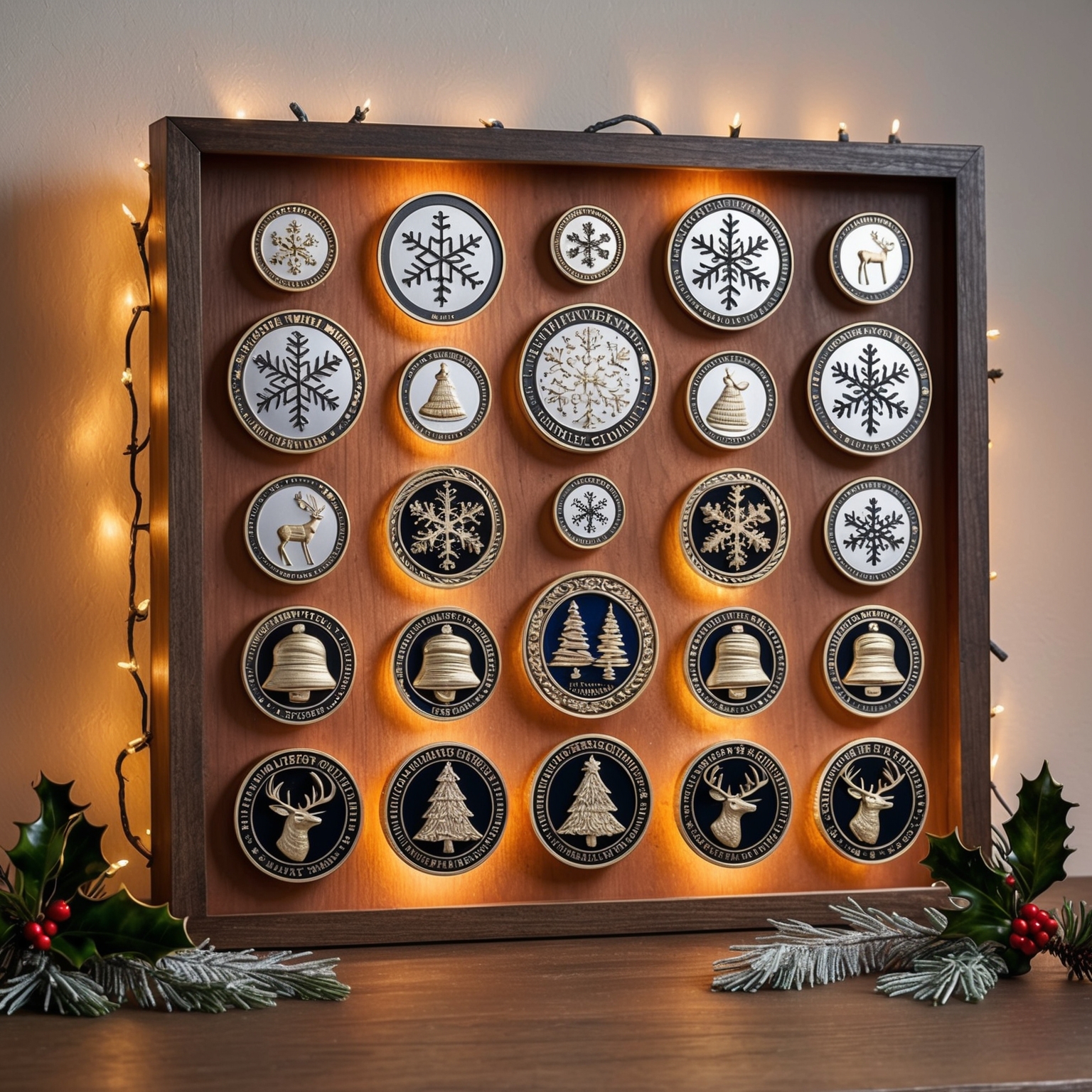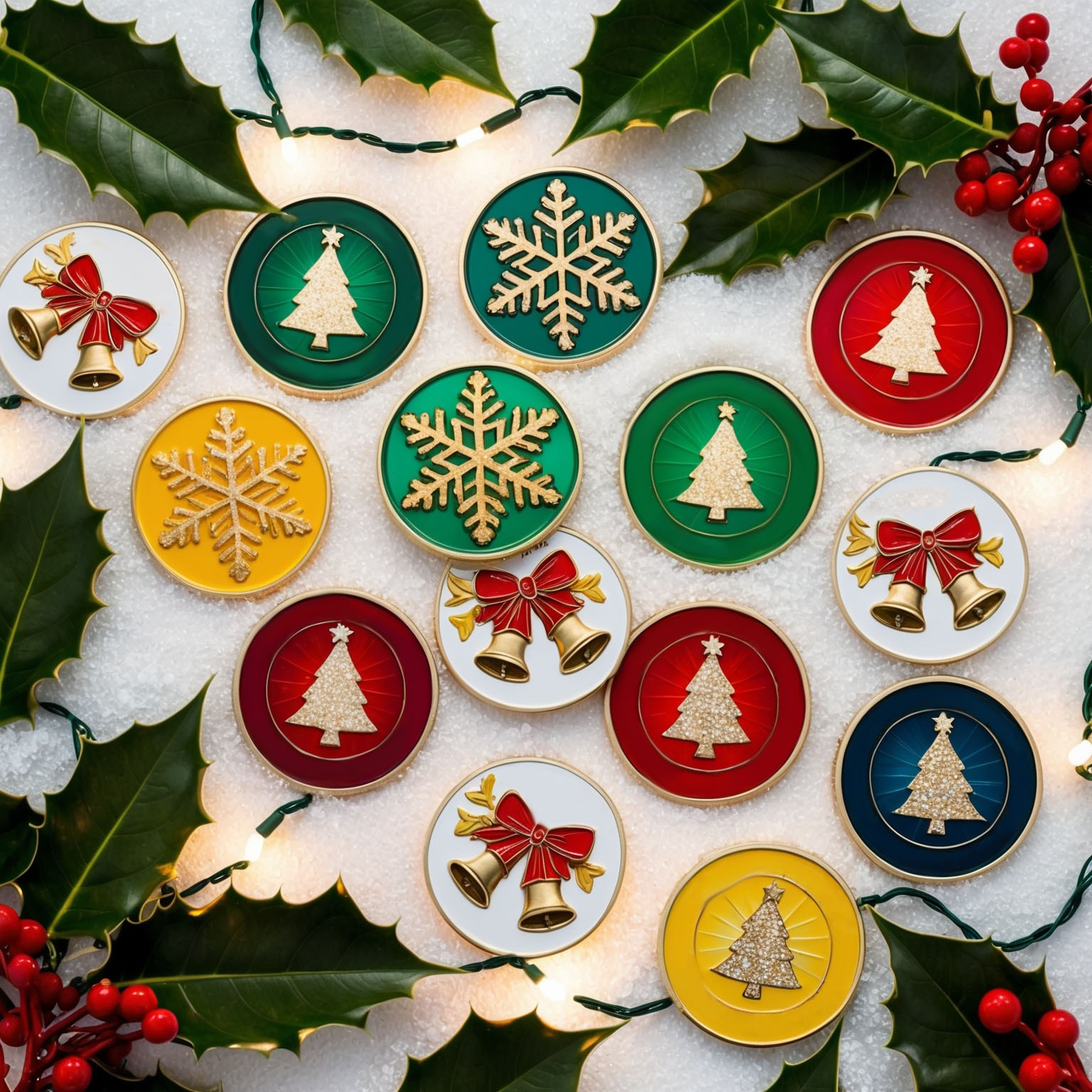First responders are the everyday heroes who dedicate their lives to protecting and serving our communities. Whether they are firefighters, police officers, paramedics, or other emergency personnel, their courage and commitment are unparalleled. To honor their service and commemorate their achievements, many organizations turn to challenge coins—small, custom-designed tokens that symbolize recognition, unity, and pride.
Creating custom designs for first responder challenge coins involves more than just selecting an attractive image or logo. These coins carry significant meaning, and their design must reflect the values, mission, and experiences of the recipients. In this comprehensive guide, we will explore nine important considerations for designing first responder challenge coins, ensuring that these tokens of appreciation truly resonate with the heroes who receive them.
1. Understanding the Purpose of the Challenge Coin
Defining the Coin’s Purpose
Before diving into the design process, it’s crucial to clearly define the purpose of the challenge coin. Understanding the reason behind the creation of the coin will guide the design choices and ensure that the final product aligns with the intended message.
- Recognition of Service: Many challenge coins are created to recognize and honor the service of first responders. Whether it’s for years of service, acts of bravery, or exceptional leadership, the coin should symbolize the specific achievements or contributions being recognized.
- Commemoration of Events: Challenge coins are often used to commemorate significant events, such as a major operation, a disaster response, or a milestone in the organization’s history. The design should reflect the unique aspects of the event, making the coin a meaningful keepsake for those involved.
- Building Unity and Camaraderie: In some cases, challenge coins are designed to foster unity and camaraderie within a team or department. These coins serve as a symbol of shared experiences and values, and their design should emphasize the collective identity of the group.
Tailoring the Design to the Audience
The design of the challenge coin should be tailored to the audience—namely, the first responders who will receive it. Consider the following factors when designing the coin:
- Branch of Service: The design should reflect the specific branch of service, whether it’s law enforcement, firefighting, emergency medical services, or another area of first response. Each branch has its own symbols, traditions, and values that should be incorporated into the design.
- Rank and Role: Consider the rank and role of the recipients when designing the coin. For example, a coin designed for senior officers might feature different elements than one created for entry-level personnel.
- Cultural and Regional Significance: If the coin is being created for a specific department or region, incorporate local symbols, landmarks, or cultural references that resonate with the recipients.
2. Selecting the Right Symbols and Imagery
Reflecting the Mission and Values
Symbols and imagery are central to the design of a challenge coin, as they convey the mission and values of the organization or event being commemorated. When selecting symbols for a first responder challenge coin, consider the following:
- Badges and Insignias: Many first responder challenge coins feature the badge or insignia of the department. This instantly identifies the coin as belonging to a specific organization and reinforces the pride and identity associated with that department.
- Tools of the Trade: Incorporating images of the tools and equipment used by first responders, such as fire hoses, axes, or medical supplies, adds a layer of meaning to the design. These symbols represent the daily challenges and responsibilities of the job.
- Icons of Bravery: Consider including symbols that represent courage and bravery, such as shields, eagles, or flames. These icons highlight the heroic nature of first responders and their willingness to face danger to protect others.
Incorporating Event-Specific Imagery
If the challenge coin is being created to commemorate a specific event, it’s important to include imagery that reflects the unique aspects of that event. This could include:
- Landmarks: For coins commemorating a major operation or event in a specific location, including an image of a local landmark can make the design more personal and meaningful.
- Dates and Numbers: Adding the date of the event or significant numbers, such as the number of people involved or lives saved, can provide context and commemorate the impact of the event.
- Specialized Symbols: If the event involved a specialized unit or task force, include symbols that represent that group’s mission or capabilities. For example, a coin for a hazardous materials team might feature the biohazard symbol.
3. Choosing the Right Materials and Finishes
Selecting Durable and High-Quality Materials
The material of the challenge coin plays a significant role in its overall appearance and durability. First responder challenge coins should be made from high-quality materials that can withstand the test of time.
- Metal Choices: Common metals used in challenge coins include brass, copper, zinc, and nickel. Each metal has its own unique properties, affecting the weight, color, and finish of the coin. Brass and copper provide a warm, classic look, while nickel and zinc offer a cooler, more modern appearance.
- Consideration for Use: Consider how the coin will be used when selecting the material. If the coin is intended to be carried frequently, choose a durable metal that resists scratches and tarnishing. For coins meant to be displayed, the aesthetic qualities of the metal may be more important.
Deciding on Finishes and Coatings
The finish of a challenge coin adds another layer of customization, influencing the coin’s final look and feel. Popular finishes include:
- Antique Finish: An antique finish gives the coin a vintage, weathered look, adding depth and character to the design. This finish is often used for coins that commemorate historical events or long-standing traditions.
- Polished Finish: A polished finish creates a shiny, reflective surface that highlights the details of the design. This finish is ideal for coins that are meant to be eye-catching and visually striking.
- Dual Finish: Combining different finishes, such as an antique background with polished details, can create a dynamic contrast that enhances the overall design.
- Protective Coatings: Consider adding a protective coating, such as epoxy or enamel, to preserve the coin’s finish and protect it from wear and tear. This is especially important for coins that will be handled frequently.
4. Incorporating Text and Inscriptions
Crafting Meaningful Inscriptions
Text and inscriptions on a challenge coin provide context and add a personal touch to the design. The words chosen should be meaningful and relevant to the purpose of the coin.
- Mottos and Slogans: Many first responder organizations have mottos or slogans that encapsulate their mission and values. Including these on the coin reinforces the ideals that the recipients strive to uphold.
- Event Details: If the coin commemorates a specific event, include the date, location, and name of the event. This information provides historical context and makes the coin a lasting reminder of the occasion.
- Personalized Messages: For coins that are awarded to individuals, consider adding a personalized message or the recipient’s name. This adds a personal touch and makes the coin a unique keepsake.
Ensuring Legibility and Balance
The placement and style of the text are just as important as the words themselves. To ensure legibility and balance in the design, consider the following:
- Font Selection: Choose a font that is easy to read and complements the overall design. Avoid overly ornate or complex fonts that might be difficult to decipher at a small size.
- Text Placement: Carefully plan the placement of the text to ensure that it doesn’t overcrowd the design. The text should be positioned in a way that enhances the overall composition without detracting from the imagery.
- Contrast and Visibility: Ensure that the text contrasts well with the background, making it easily readable. This can be achieved through color choices, shading, or the use of raised or recessed text.
5. Considering the Coin’s Shape and Size
Exploring Different Shapes
While the traditional challenge coin is round, there is no rule that limits you to this shape. Custom designs offer the flexibility to explore different shapes that may better represent the purpose of the coin.
- Standard Round Coins: Round coins are classic and timeless, providing a balanced canvas for most designs. They are also the easiest to produce and often the most recognizable.
- Custom Shapes: Consider creating a coin in a shape that reflects the organization or event it represents. For example, a coin for a fire department could be shaped like a fire helmet or a maltese cross, while a coin for law enforcement might take the shape of a badge or shield.
- Cutouts and 3D Elements: Adding cutouts or 3D elements can give the coin a unique and dynamic appearance. These features can be used to highlight specific aspects of the design, such as the outline of a symbol or the profile of a landmark.
Determining the Appropriate Size
The size of the challenge coin affects both its design and its practical use. When deciding on the size, consider the following:
- Standard Sizes: Challenge coins typically range in size from 1.5 to 2.5 inches in diameter. Smaller coins are more portable and easier to carry, while larger coins offer more space for detailed designs.
- Purpose and Presentation: Consider how the coin will be used and presented. Coins that will be carried in a pocket or wallet should be smaller and more compact, while coins intended for display can be larger and more ornate.
- Balance Between Detail and Functionality: Larger coins allow for more intricate designs and text, but they may be less practical for everyday carry. Striking the right balance between detail and functionality is key to creating a coin that is both visually appealing and practical.
6. Incorporating Color and Enamel
Using Color to Enhance the Design
Color can add vibrancy and emphasis to a challenge coin, making it more visually engaging. When incorporating color into the design, consider the following:
- Department Colors: Use the official colors of the department or organization to create a cohesive and recognizable design. These colors can be applied to the background, symbols, or text to create a unified look.
- Symbolic Colors: Different colors carry different meanings and can be used to convey specific messages. For example, red might symbolize courage and sacrifice, while blue could represent loyalty and trust.
- Color Placement: Carefully consider where to apply color on the coin. Too much color can overwhelm the design, while strategic use of color can highlight important elements and create visual balance.
Choosing the Right Enamel
Enamel is often used to apply color to challenge coins, offering different finishes that can enhance the overall design.
- Soft Enamel: Soft enamel creates a textured surface with raised metal edges, giving the coin a tactile feel. This finish is ideal for designs with clearly defined sections and borders.
- Hard Enamel: Hard enamel provides a smooth, polished surface with a more durable finish. This option is well-suited for designs that require a sleek, modern appearance.
- No Enamel: For a classic, all-metal look, consider omitting enamel altogether. This option highlights the metalwork and engraving, creating a timeless design that focuses on the coin’s texture and relief.
7. Planning for Dual-Sided Designs
Maximizing Both Sides of the Coin
Challenge coins typically have two sides, offering double the space to tell a story or convey a message. To maximize the impact of both sides, consider the following:
- Complementary Designs: Design both sides of the coin to complement each other, with one side possibly featuring the organization’s insignia and the other highlighting the specific event or achievement being recognized.
- Balanced Composition: Ensure that the design elements on both sides are balanced and harmonious. This includes considering the weight and distribution of text, imagery, and symbols across both sides.
- Storytelling Through Design: Use the two sides of the coin to tell a story. For example, one side might depict the organization’s mission or history, while the other side commemorates a specific event or individual achievement.
Considering Edge Details
The edge of the coin is another design element that can add to the overall impact of the challenge coin.
- Textured Edges: Textured edges, such as rope or wave patterns, add a decorative touch that enhances the coin’s appearance. These edges can also provide a tactile element that makes the coin more interesting to hold.
- Edge Engravings: Consider adding text or symbols to the edge of the coin. This could include the name of the department, a significant date, or a motto that encircles the entire coin.
- Plain Edges: A plain edge offers a clean and simple look, allowing the focus to remain on the design elements on the coin’s faces.
8. Ensuring Practicality and Usability
Considering the Coin’s Function
While challenge coins are often displayed or collected, they should also be practical and usable. Consider how the coin will be used when finalizing the design:
- Everyday Carry: If the coin is intended to be carried daily, consider factors such as size, weight, and durability. A compact, lightweight coin with a protective finish is ideal for everyday carry.
- Display and Presentation: Coins meant for display can be larger and more ornate, with features that make them visually striking when mounted or framed.
- Multi-Functionality: Some challenge coins are designed with additional functions, such as serving as a bottle opener or incorporating a keychain attachment. These practical features can add value and make the coin more versatile.
Balancing Aesthetics with Durability
Durability is key to ensuring that the challenge coin remains a cherished keepsake for years to come. When designing the coin, balance aesthetics with practical considerations:
- Material Selection: Choose durable metals that resist tarnishing and wear. Consider using protective coatings to preserve the finish and prevent scratches.
- Text and Symbol Placement: Place text and symbols in a way that minimizes wear and tear, especially if the coin will be handled frequently.
- Design Simplicity: While intricate designs are visually appealing, simpler designs may be more durable and less prone to damage over time.
9. Budgeting and Production Considerations
Understanding the Cost Factors
The cost of producing custom challenge coins can vary widely based on several factors. Understanding these cost factors can help you plan your budget and make informed decisions:
- Material Costs: The choice of metal and finish will significantly impact the cost. Higher-end metals and intricate finishes will increase the price per coin.
- Design Complexity: More complex designs with multiple colors, cutouts, or 3D elements will cost more to produce. Simplifying the design can help manage costs.
- Quantity: Ordering larger quantities of coins typically reduces the cost per unit. Consider the total number of coins needed when planning your budget.
- Customization: Personalized elements, such as individual names or numbers, may add to the production cost. Factor in these customizations when calculating the overall budget.
Choosing a Reputable Manufacturer
Selecting a reputable manufacturer is crucial to ensuring the quality and timely delivery of your custom challenge coins. Consider the following when choosing a manufacturer:
- Experience and Expertise: Look for manufacturers with experience in producing challenge coins, particularly for first responders. Review their portfolio to ensure they can deliver the quality you expect.
- Customization Options: Ensure that the manufacturer offers the customization options you need, such as dual-sided designs, color enameling, and specialized finishes.
- Lead Times and Delivery: Confirm the lead times and delivery options, especially if the coins are needed for a specific event or date. Plan ahead to allow sufficient time for production and shipping.
- Customer Service: Choose a manufacturer with a strong reputation for customer service. Clear communication and responsiveness are essential for a smooth production process.
Creating Meaningful Custom Designs for First Responder Challenge Coins
Designing custom challenge coins for first responders is a powerful way to honor their service, bravery, and commitment. These coins are more than just tokens; they are symbols of recognition, unity, and pride that carry deep meaning for those who receive them. By carefully considering the purpose, symbols, materials, and other key elements of the design, you can create challenge coins that truly resonate with first responders and serve as a lasting tribute to their heroic efforts.
Whether you are commemorating a specific event, recognizing long-term service, or fostering camaraderie within a team, the design of the challenge coin should reflect the values and mission of the organization. By following the nine important considerations outlined in this guide, you can create custom designs that honor the heroes among us and reinforce the bonds that make first responder organizations strong and resilient.
As you embark on the journey of creating custom challenge coins, remember that these small but powerful tokens have the potential to leave a lasting impact on the lives of the individuals who receive them. With thoughtful design and careful execution, your challenge coins can become cherished symbols of courage, dedication, and service.
If you are interested in purchasing high-quality custom challenge coins you can call us at 877-885-2497 or fill out one of our FREE QUOTE FORMS.



